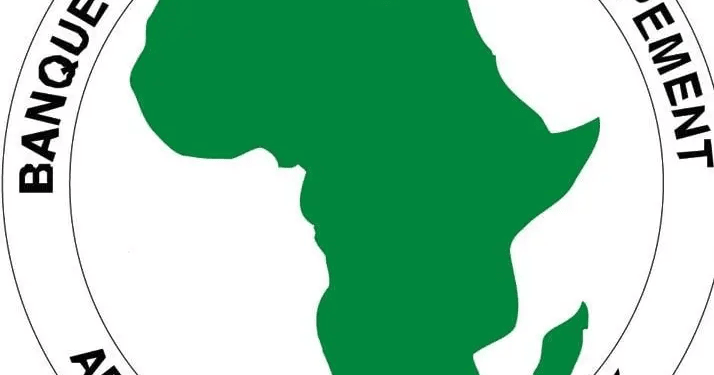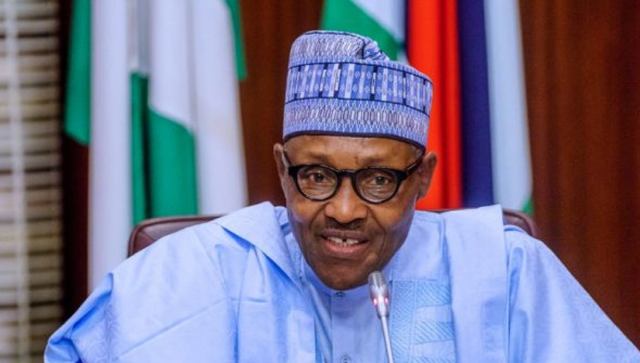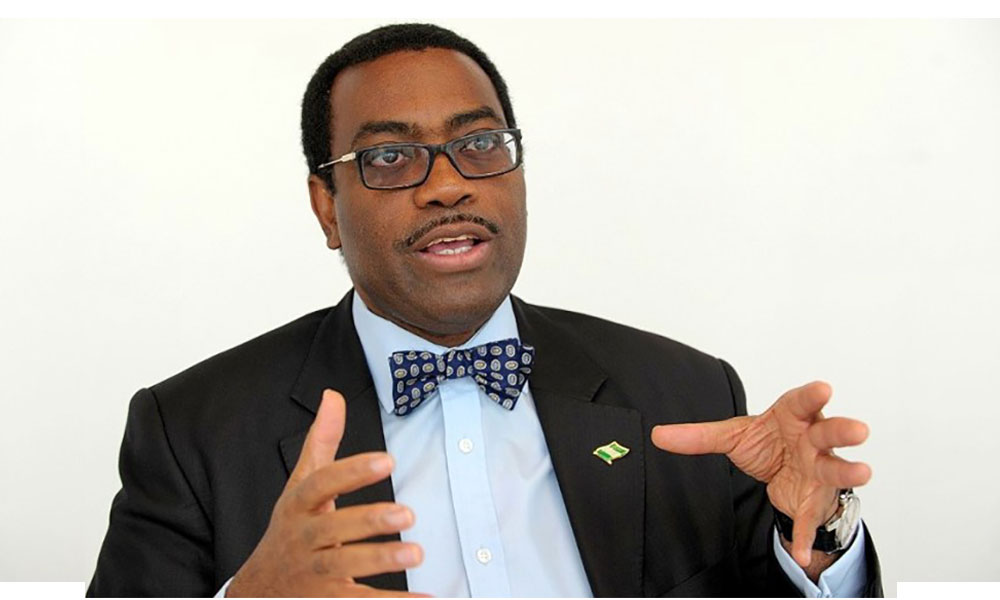The African Development Bank (AfDB) has projected a significant decline in external funding to Africa in 2025, with the continent expected to lose as much as $39.84 billion due to reduced Official Development Assistance (ODA) from major global donors. This is according to the bank’s African Economic Outlook 2025, which attributes the looming cutback primarily to budget constraints in 17 of the largest Development Assistance Committee (DAC) donor countries, including the United States and Germany.
The report warns that if current trends persist, Africa could experience a 12 percent drop in aid from these key donors compared to 2023. This translates to a 7 percent overall decrease in aid inflows, or roughly $4.2 billion, assuming other contributions remain unchanged. The magnitude of the projected shortfall surpasses the combined gross domestic product of Comoros, Guinea-Bissau, and São Tomé and Príncipe, illustrating the scale of the challenge ahead.
Low-income countries on the continent are likely to be the hardest hit, as many depend heavily on foreign aid to finance essential services and public spending. The AfDB underscores that for these economies, development aid is not just a supplement but a lifeline—its reduction could severely impact fiscal stability and social programmes.
Compounding this challenge is a notable decline in remittance flows to Africa. After rebounding post-Covid, remittances fell by 6.2 percent in 2023 to $91.1 billion, down from $97.1 billion in 2022. The drop is believed to be driven more by valuation effects, such as the strengthening of the US dollar, than by an actual fall in transfer volumes. Despite their stability relative to other sources of finance, remittances remain vulnerable to currency fluctuations, transfer costs, and shifts in the economic fortunes of sending countries.
The AfDB notes that although remittances are often countercyclical—tending to rise during downturns in recipient economies—they also decline during economic upturns in sending countries. These flows, however, still play a key role in supporting household consumption and can, if properly harnessed, become a strategic source of financing for Africa’s broader development.
The broader aid landscape shows a concerning trend. Following a pandemic-driven surge in support in 2020, ODA to Africa has since entered a period of steady decline. Total aid from DAC nations stood at $35.9 billion in 2023, down nearly 3 percent from the previous year and following a 6 percent contraction in 2022. The United States alone accounted for over 40 percent of that aid, but its ongoing reductions have had a pronounced ripple effect.
The AfDB links this persistent drop to fiscal tightening in donor countries, driven by sluggish global economic growth and domestic budgetary pressures. With these constraints unlikely to ease soon, the outlook for development financing across Africa remains bleak.
In response, the AfDB urges African governments to strengthen their internal economic frameworks to reduce vulnerability to external shocks. Improving macroeconomic management, boosting export capacity, encouraging value addition, and maintaining stable policy environments are essential steps to insulate the continent from future funding volatility.
While global development assistance appears to be waning, the report concludes that Africa must look inward, building resilient economies that can weather external pressures and drive sustainable growth from within.










